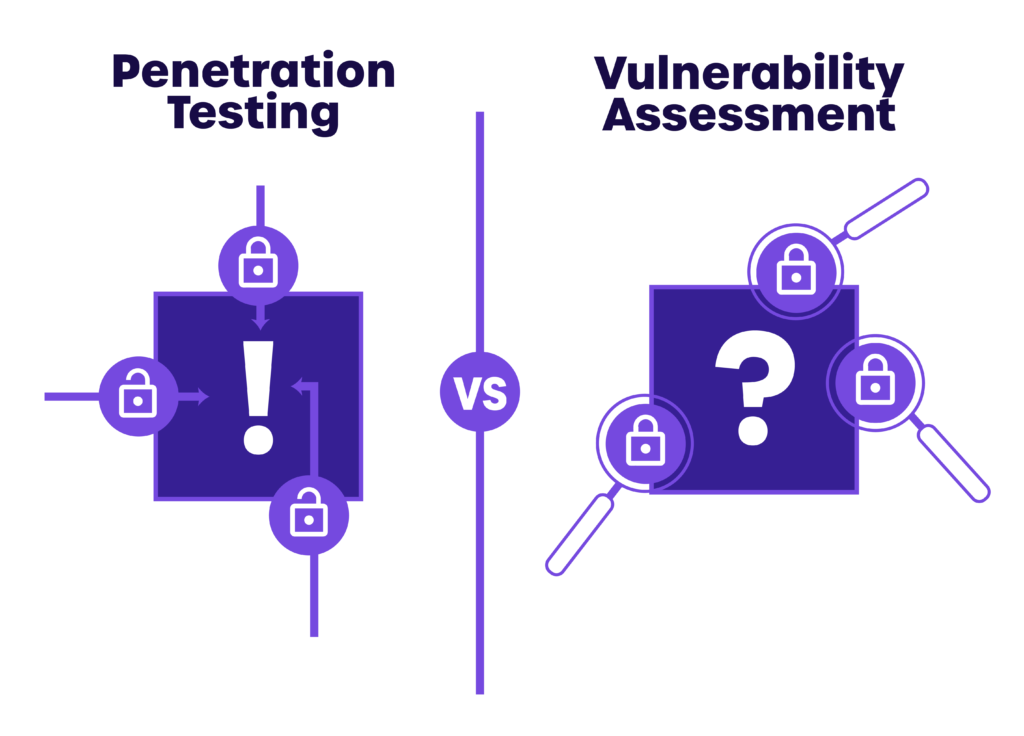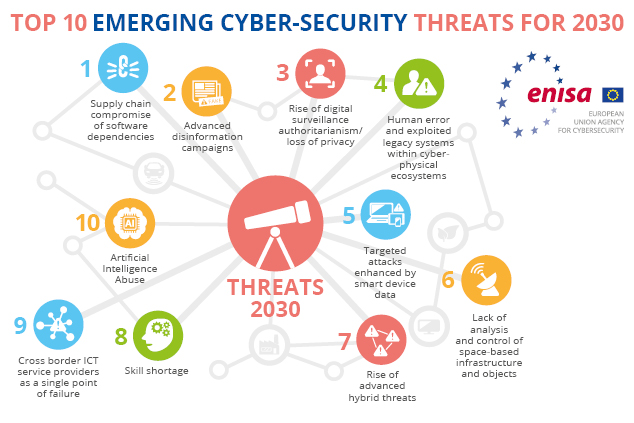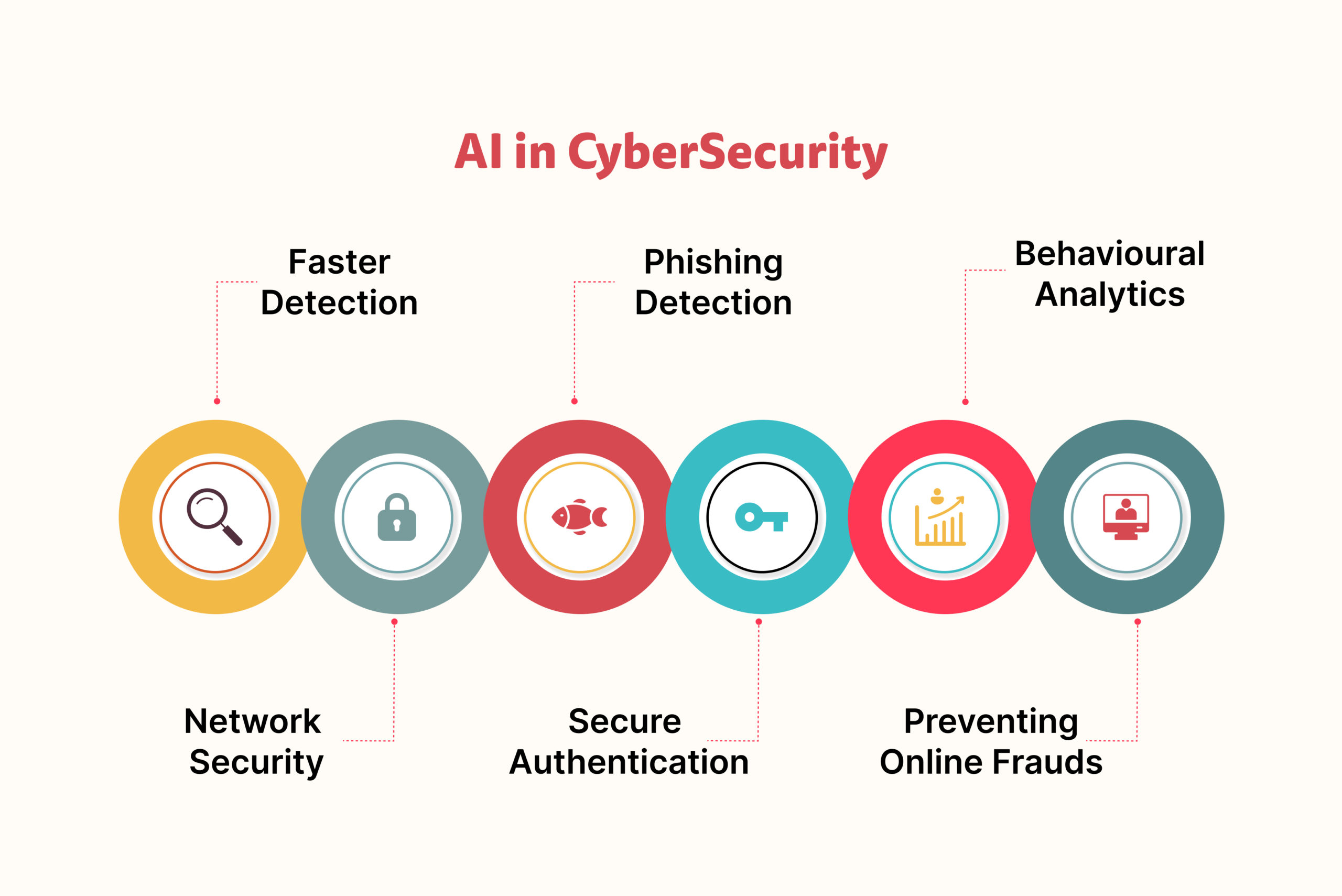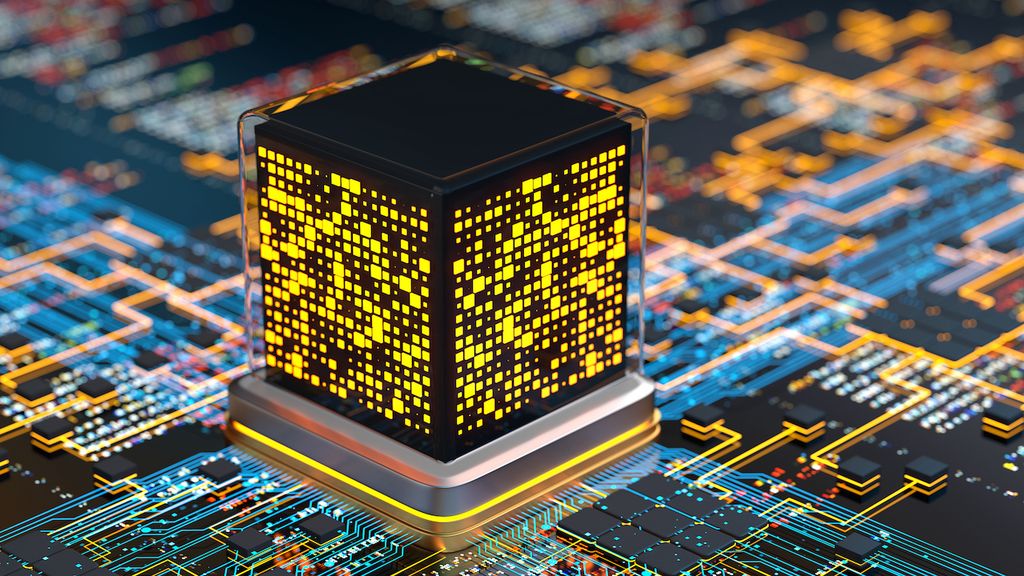AI-Powered Security: New Threats & Defenses
August 15, 2024 | By James Atkinson, Senior Developer

The Evolution of Cyber Threats
The cybersecurity landscape is experiencing a paradigm shift with the integration of artificial intelligence. Traditional security measures, which relied on signature-based detection and static rule sets, are becoming increasingly inadequate against AI-powered threats. Attackers are now leveraging machine learning algorithms to create more sophisticated, adaptive, and persistent attack vectors.
AI-Powered Attack Vectors
Modern cyber attacks have evolved beyond simple script-based approaches. AI-powered threats now include:
- Intelligent password cracking using pattern recognition
- Automated vulnerability discovery and exploitation
- Dynamic phishing campaigns with contextual awareness
- Behavioral mimicry to evade detection

Zero-Trust Architecture: The Foundation
Implementing a zero-trust architecture has become crucial in the age of AI-powered threats. This approach assumes no trust by default and requires continuous verification of every access attempt. Key components include:
- Continuous authentication and authorization
- Micro-segmentation of network resources
- Real-time monitoring and logging
- Automated response mechanisms
AI-Driven Defense Strategies
Organizations are countering these threats with their own AI-powered defense systems. Modern security solutions utilise machine learning for:
- Anomaly detection in network traffic
- User behavior analytics
- Predictive threat modeling
- Automated incident response

Practical Implementation Strategies
Implementing AI-powered security requires a multi-layered approach:
1. Data Collection and Analysis
Establish comprehensive logging and monitoring systems that capture relevant security events across your infrastructure. This data forms the foundation for AI-powered analysis.
2. Model Training and Validation
Develop and train machine learning models using historical security data. Regular validation and retraining ensure models remain effective against evolving threats.
3. Integration with Existing Systems
Seamlessly integrate AI-powered tools with existing security infrastructure, including SIEM systems, firewalls, and endpoint protection platforms.
4. Response Automation
Implement automated response mechanisms for common threat patterns while maintaining human oversight for critical decisions.
Future Considerations
As AI technology continues to evolve, we can expect:
- More sophisticated AI-powered attack vectors
- Enhanced prediction and prevention capabilities
- Greater integration of quantum computing in cryptography
- Increased focus on AI model security

Conclusion
The rise of AI-powered security threats requires a fundamental shift in how we approach cybersecurity. Organizations must adopt proactive, AI-driven defense strategies while maintaining robust traditional security practices. Success in this new landscape depends on the ability to leverage artificial intelligence effectively while staying ahead of evolving threats.